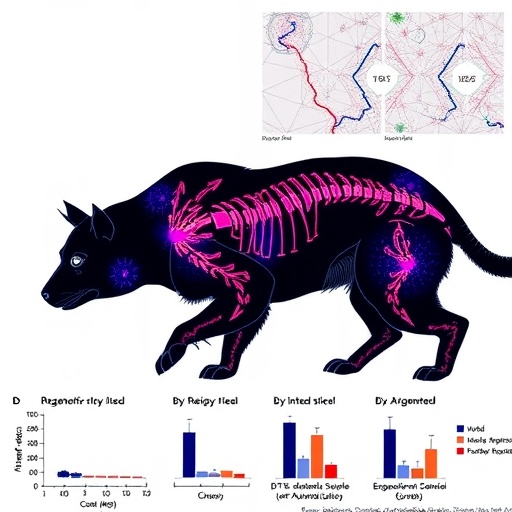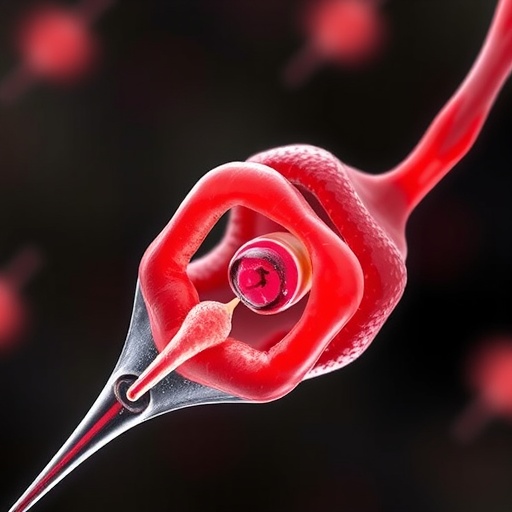Researchers from the University of Tsukuba are helping to resolve critical efficiency challenges for using microwaves to launch rockets, and reduce the cost of launching rockets

Credit: University of Tsukuba
Tsukuba, Japan – Governments throughout the world use rockets to launch satellites and people into orbit. This currently requires a lot of high-energy fuel, which is 95% of total rocket mass. Because the launch cost of a rocket can reach 10 billion yen, launching a 1-gram payload is said to be the same as buying 1 gram of gold. Minimizing the total cost of launching rockets would maximize the scientific payloads and increase the feasibility of space exploration.
In a study published in the Journal of Spacecraft and Rockets, researchers from the University of Tsukuba have helped solve important wireless power transmission and other efficiency issues that must be overcome to use high-powered microwaves to supplement–or nearly replace–chemical fuel for rocket launches. Their study will help researchers in this line of work properly focus their efforts.
Researchers commonly believe that a rocket requires a megawatt of beam-powered propulsion–that’s approximately the power output of 10 automobiles–per kilogram of payload to reach a minimal orbit. Whether microwave transmission is sufficiently efficient for real-world applications is an open question.
Microwave beams have been transmitted by using a ground antenna that is the same size as a rocket antenna. “However, practical applications will require a large ground-based transmitter and a small receiver on the rocket, and thus variable-focus transmission,” explains Assistant Professor Kohei Shimamura, lead author of the study. “We wanted to not only demonstrate this approach, but also quantify its efficiency.”
In their comprehensive study, the researchers calculated the efficiencies, at short distances, of a ground-based microwave generator (51%), wireless power supply that sends the microwaves to the rocket propulsion system (14%), receiving antenna on the rocket (34%), and propulsion device that uses the microwave energy to heat the rocket propellant (6%). “Researchers can now put numbers on how efficient variable-focus transmission is at present,” says Associate Professor Tsuyoshi Kariya, the other main author of the study.
Future research will need to study and improve efficiencies at long distances. In the words of Associate Professor Shimamura: “This is a difficult challenge, but an important next step in advancing microwave technology to practical use in rocket launches.”
Rockets are essential technology, but their launching cost is a major disadvantage for scientific missions. With future research, high-power microwaves may one day be a low-cost method of rocket propulsion.
###
Media Contact
Naoko Yamashina
[email protected]
Related Journal Article
http://dx.




